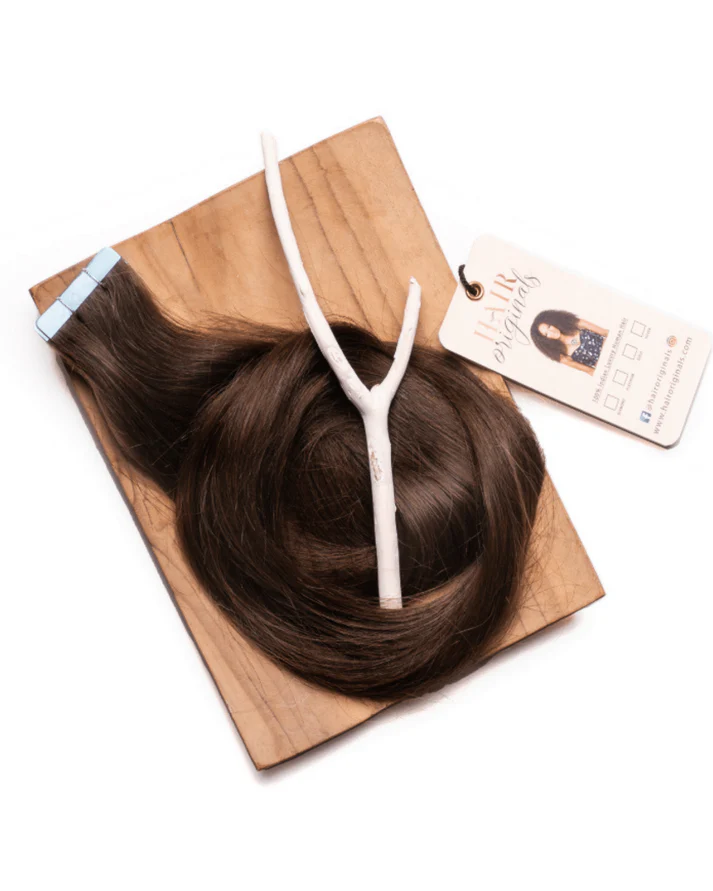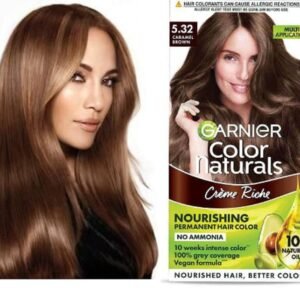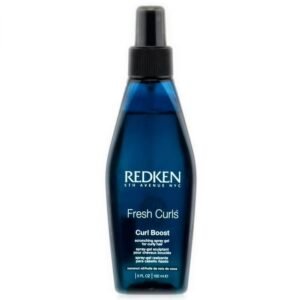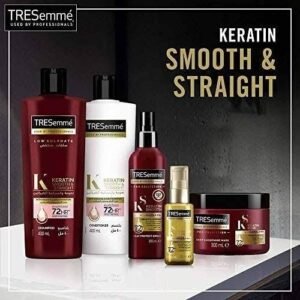Long Hair extensions are a popular beauty product that adds length, volume, and sometimes color to natural hair. They come in various types, materials, and methods of application, catering to different needs and preferences. Here’s a detailed look at hair extensions:
Types of Hair Extensions:
- Clip-in Long Hair Extensions:
- Temporary: Clip-in extensions are designed to be applied and removed at home. They use clips that secure the extensions to your natural hair.
- Versatile: Ideal for adding length and volume for a day or evening look.
- Variety: Available in different lengths, colors, and textures, including straight, wavy, and curly.
- Tape-in Hair Extensions:
- Semi-permanent: Tape-ins are applied with a special adhesive tape and last around 6-8 weeks before needing reapplication.
- Seamless: These extensions are known for being lightweight and natural-looking, blending seamlessly.
- Sew-in (Weave) :
- Permanent: These long hair extensions are sewn into braided sections of natural hair, providing a long-lasting solution (up to 8 weeks).
- Durability: Popular among people with thicker hair or those who want more volume and length.
- Requires Professional Application: It’s typically best done by a stylist for proper installation.
- Fusion/Pre-bonded :
- Long-lasting: Fusion extensions are attached using a keratin-based adhesive that bonds with natural hair. They can last up to 3-6 months with proper care.
- Natural look: They give a very seamless and natural result, as they’re attached strand by strand.
- Professional Installation: A salon visit is usually required for this method.
- Micro-Link (Bead)
- Beaded: Small beads or rings are used to attach the extension to your natural hair without glue, heat, or sewing.
- Reusability: These extensions can be moved up as your natural hair grows, offering a long-term solution with periodic adjustments.
- Halo Hair Extensions:
- Non-permanent: A halo extension involves a wire that sits on top of your head, with the extensions hanging below.
- Easy to Use: Simply put it on like a headband, making it a quick and non-invasive way to add length.
Materials of Hair Extensions:
- Human Hair Extensions:
- Most natural look: Human hair extensions can be styled just like your own, and they last longer than synthetic options.
- High-Quality: Available in a wide range of textures, colors, and lengths, they are usually more expensive.
- Maintenance: Human hair needs regular washing, conditioning, and care to keep it looking healthy.
- Synthetic :
- Affordable: Synthetic hair is typically more budget-friendly.
- Limited Styling: It can’t be styled with heat (like flat irons or curling irons), but it comes pre-styled in many textures.
- Durability: While synthetic extensions can look great initially, they tend to wear out quicker than human hair.
Application Methods:
- Clip-in: Simply section your hair and clip the extensions in.
- Tape-in: Sandwich small sections of your natural hair between two strips of adhesive tape.
- Sew-in: A stylist braids your hair, then sews the extensions onto the braids.
- Fusion: Pre-bonded extensions are attached with heat or a bonding agent.
- Micro-link: Small beads are threaded onto strands of natural hair, then clamped to hold the extensions in place.
- Halo: A wire is placed around your head like a crown, and extensions hang from it.
Maintenance Tips:
- Washing: Wash long with mild shampoo and conditioner. Be gentle, especially if you have human hair extensions.
- Detangling: Use a wide-tooth comb or fingers to detangle extensions before washing.
- Avoid Heat on Synthetic Hair: Do not apply direct heat to synthetic hair unless it’s explicitly labeled heat-friendly.
- Storage: Store your extensions on a hanger or in a storage bag to prevent tangling.
Pros and Cons:
- Pros:
- Instant length and volume.
- Non-permanent (especially clip-ins).
- Versatile styling options.
- Available in a wide range of colors and textures.
- Cons:
- Some methods require professional installation (like sew-ins or fusion).
- High-quality long extensions can be expensive.
- Maintenance (washing, brushing, etc.) is needed to keep extensions in good condition.
- Certain types (like tape-ins or sew-ins) may cause hair breakage or tension if not properly cared for.
By understanding these options, you can make an informed decision about the best type of hair extensions for your style, budget, and lifestyle needs.







Reviews
There are no reviews yet.